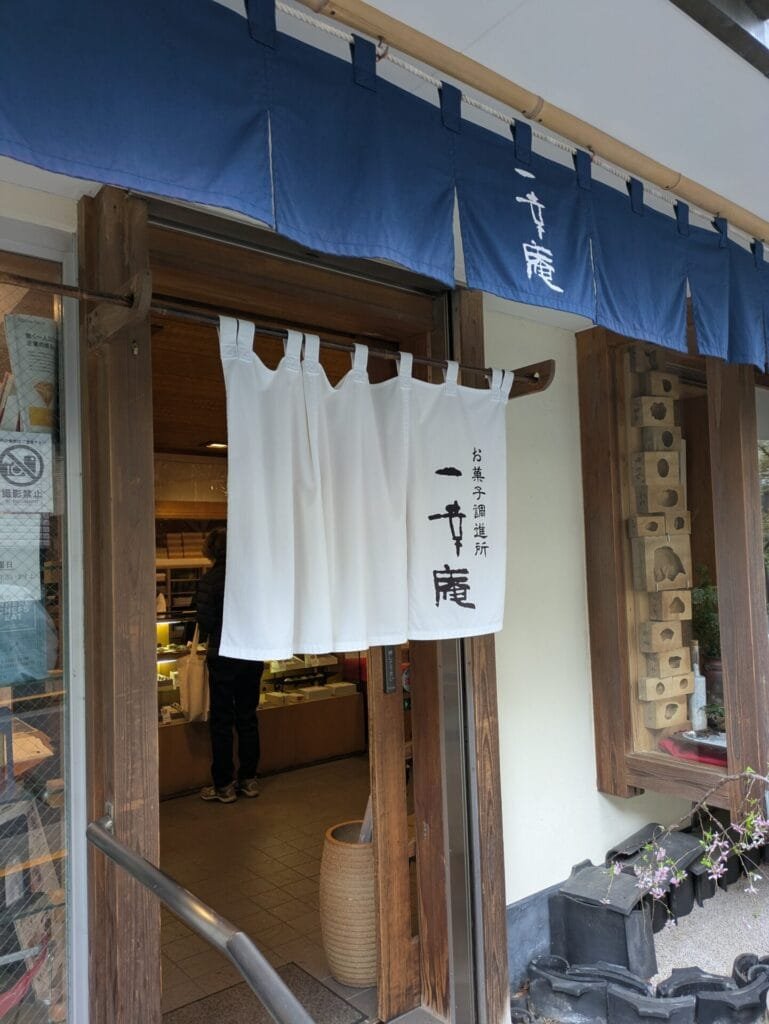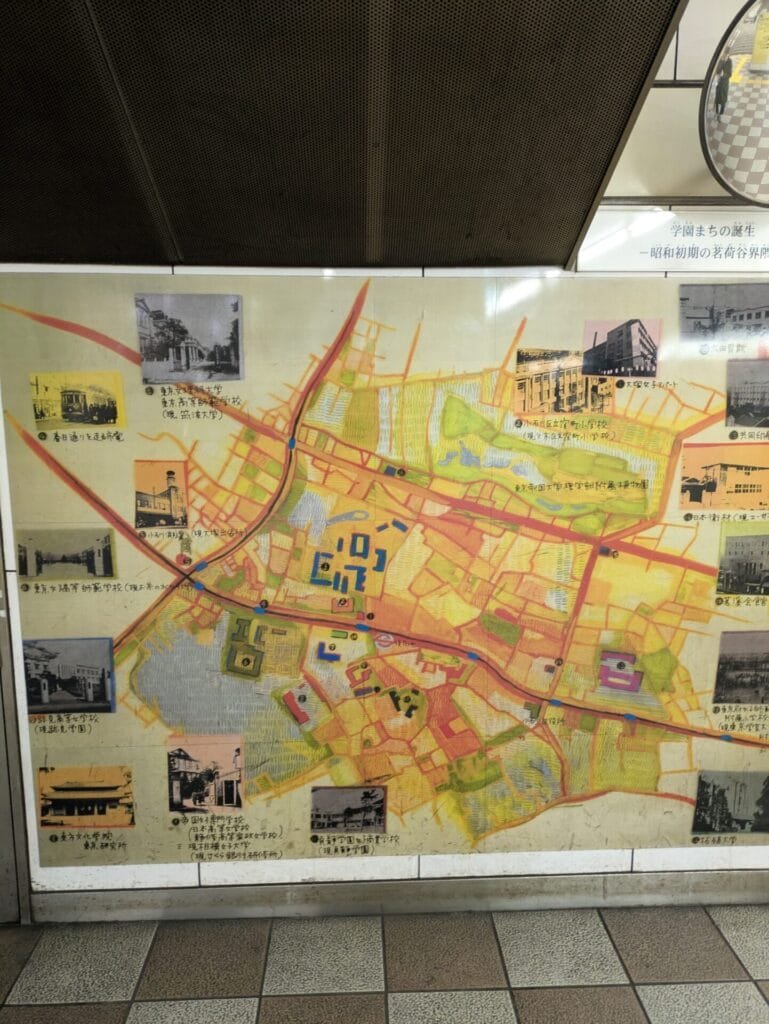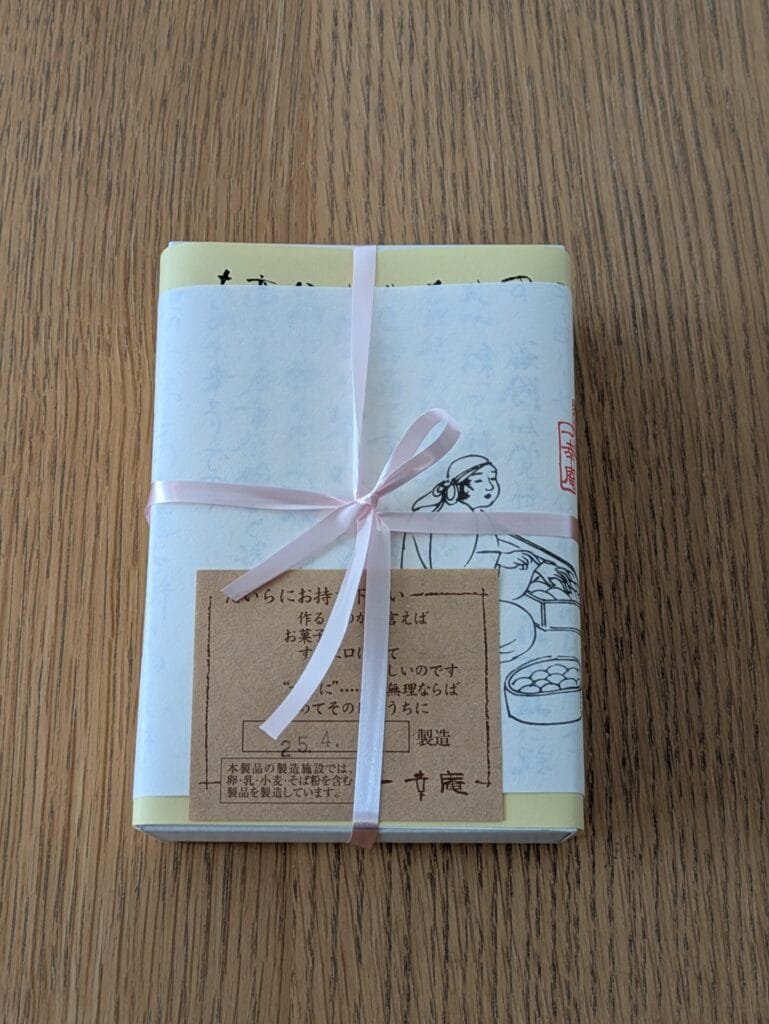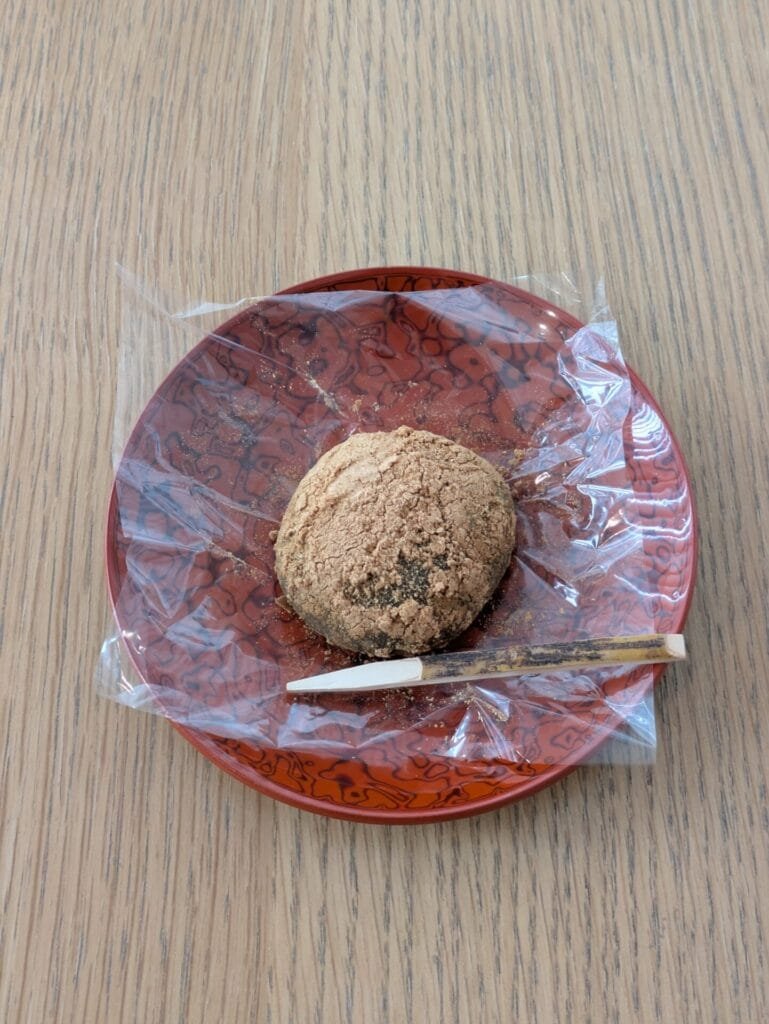The Hidden Gem of Myogadani: Experiencing Authentic Warabi Mochi at Ikkoan
In the tranquil Koishikawa district of Tokyo’s Bunkyo Ward, nestled among lush greenery, stands “Ikkoan” (一幸庵) – a renowned Japanese confectionery shop known to wagashi connoisseurs. Their signature creation, “warabi mochi,” continues to captivate Japanese sweet enthusiasts. This exceptional delicacy, made with 100% pure bracken starch, offers an unforgettable melt-in-your-mouth experience. Join us as we explore the world of flavors created by carefully selected ingredients and masterful craftsmanship.
The Shop: Where Artisanal Wagashi Craftsmanship Shines
Ikkoan is a traditional wagashi shop located just around the corner from the Kawagoe Kaido road that runs in front of Myogadani Station. The shop takes pride in using only natural ingredients without artificial additives, crafting traditional Japanese sweets with time-honored methods. Their showcase features their famous warabi mochi alongside other seasonal wagashi and traditional confections.
Upon entering the shop, your eyes are immediately drawn to neatly arranged test tubes in racks, filled with various ingredients used in wagashi making – flour, yam powder, granulated sugar – displayed on shelves beside the entrance. Traditional wagashi molds are also exhibited, creating an atmosphere reminiscent of a Japanese confectionery museum. This display instantly reveals the owner’s extraordinary passion and spirit of inquiry for wagashi, heightening your anticipation for the sweet treats.

At the center of the shop, the showcase presents their signature warabi mochi alongside yokan (sweet bean jelly), jouyo-manju (steamed yam buns), and seasonal fresh confections. While the selection varies by season, each item clearly demonstrates the craftsman’s exceptional skill and the warmth that comes from handmade creations.
Myogadani: The Hidden Charm of a Cultural District
Myogadani (茗荷谷) is an area located in Tokyo’s Bunkyo Ward, known for its lush greenery and numerous educational institutions, making it a highly livable neighborhood.


The origin of its name has several theories, but the most credible suggests that during the pre-Edo period, myoga (Japanese ginger) grew abundantly in this valley, hence “Myogadani.” Another tale tells of monks who ate myoga while practicing their ascetic training.
From the Edo period through the Meiji era, Myogadani was a quiet area populated with samurai residences and temples. During the Edo period, mansions of feudal lords and hatamoto (direct retainers of the shogun) dotted the landscape, developing into a tranquil residential area. With the Meiji period came the establishment of numerous educational and research institutions, adding an academic dimension to the neighborhood.
Today, Myogadani is known as one of the most verdant areas in Bunkyo Ward, home to upscale residential neighborhoods and educational facilities. Hidden gems like Ikkoan are scattered throughout, making neighborhood exploration a delightful activity.
Warabi Mochi: Japan’s Traditional Summer Delicacy
Warabi mochi is a traditional Japanese confection characterized by its unique jelly-like texture and refined sweetness. Its origins reportedly date back to the Heian period (794-1185), when it was originally valued as a preserved food. Made from starch derived from the roots of the bracken fern plant, it became popular among commoners during the Edo period and established itself as a standard summer sweet offering relief from the heat.
The main ingredient in authentic warabi mochi is bracken starch. This starch, extracted from bracken fern roots, creates items of exceptional value when used at 100% purity. Pure bracken starch produces a translucent appearance with a chewy elasticity and smoothness that cannot be replicated.
In modern times, because bracken starch is rare and expensive, substitutes made from potato starch or tapioca flour are common. While these alternatives lack the transparency and elasticity of pure bracken starch, they still offer affordable options widely available for everyday enjoyment.
Typically, warabi mochi is served with aromatic kinako (roasted soybean flour) or sweet kuromitsu (black sugar syrup), which adds flavor accents. While many recommend refrigerating before eating, Ikkoan’s warabi mochi is exquisite even at room temperature.
Product Showcase: Ikkoan’s Warabi Mochi
Warabi Mochi (Signature Product)
Ikkoan’s signature “warabi mochi” is a luxurious creation made with 100% pure bracken starch. Each piece is carefully handcrafted, resulting in a translucent appearance and silky texture unlike anything found elsewhere.
The kinako (roasted soybean flour) served with it is made from domestically grown soybeans, and its aromatic nuttiness perfectly complements the warabi mochi’s delicate sweetness. Depending on the season, you might enjoy it with variations featuring black sugar syrup or matcha.
Using traditional methods, they combine bracken starch, water, and sugar in perfect balance. Ikkoan adjusts their warabi mochi according to the day’s temperature and humidity, ensuring the optimal texture is always maintained.



Tasting Experience: A Moment of Melting Bliss
When you taste Ikkoan’s warabi mochi, you’ll immediately notice the difference. First, your eyes are drawn to its subtly translucent, beautiful appearance. The aromatic fragrance of kinako teases your nose.
While the warabi mochi appears to have a firm elasticity from its outward appearance, this impression is delightfully contradicted the moment you taste it.
The first bite can only be described as “melting.” The moment it enters your mouth, a soft, smooth texture spreads across your palate. There’s no need to chew; it’s like a capsule of rich juice bursting in your mouth, creating a sensory experience unavailable elsewhere. The refined sweetness characteristic of pure bracken starch harmonizes perfectly with the kinako‘s flavor.
As you continue with the second and third bites, you’ll find yourself drawn deeper into its delicate flavors. This is a luxurious moment that makes you acutely aware of the difference between this and the ordinary warabi mochi you might casually consume elsewhere.
Access: Finding This Hidden Gem in Myogadani
Ikkoan is approximately a 5-minute walk from Myogadani Station on the Tokyo Metro Marunouchi Line. The address is 5-3-15 Koishikawa, Bunkyo-ku, Tokyo.
Business hours:
- Tuesday-Saturday: 10:00-18:00
- Sundays and Holidays: 10:00-17:00
- Closed: Mondays
Important note: Since Ikkoan’s products are handmade and limited in quantity, they often sell out early in the day. Warabi mochi is particularly popular, so making a reservation in advance is recommended if you want to ensure availability.
The surrounding area is a quiet residential neighborhood in the academic district of Bunkyo Ward. Nearby attractions include Rikugien Garden and Koishikawa Botanical Garden, making it an ideal walking course after enjoying wagashi.
Preserving Tradition While Evolving: Bearers of Japanese Confectionery Culture
Ikkoan is beloved by many as a renowned shop that brings traditional Japanese confectionery culture to the modern era. Their warabi mochi in particular has earned a reputation as an unforgettable delicacy after just one taste.
Their commitment to selecting the finest ingredients, maintaining traditional methods, and presenting their creations with care is what attracts so many admirers.
Japanese wagashi expresses the beauty of Japan’s four seasons. Ikkoan’s wagashi, which maximizes this charm, truly represents a culinary cultural heritage. When visiting Myogadani, be sure to stop by. You’re certain to discover new aspects of wagashi’s appeal.
